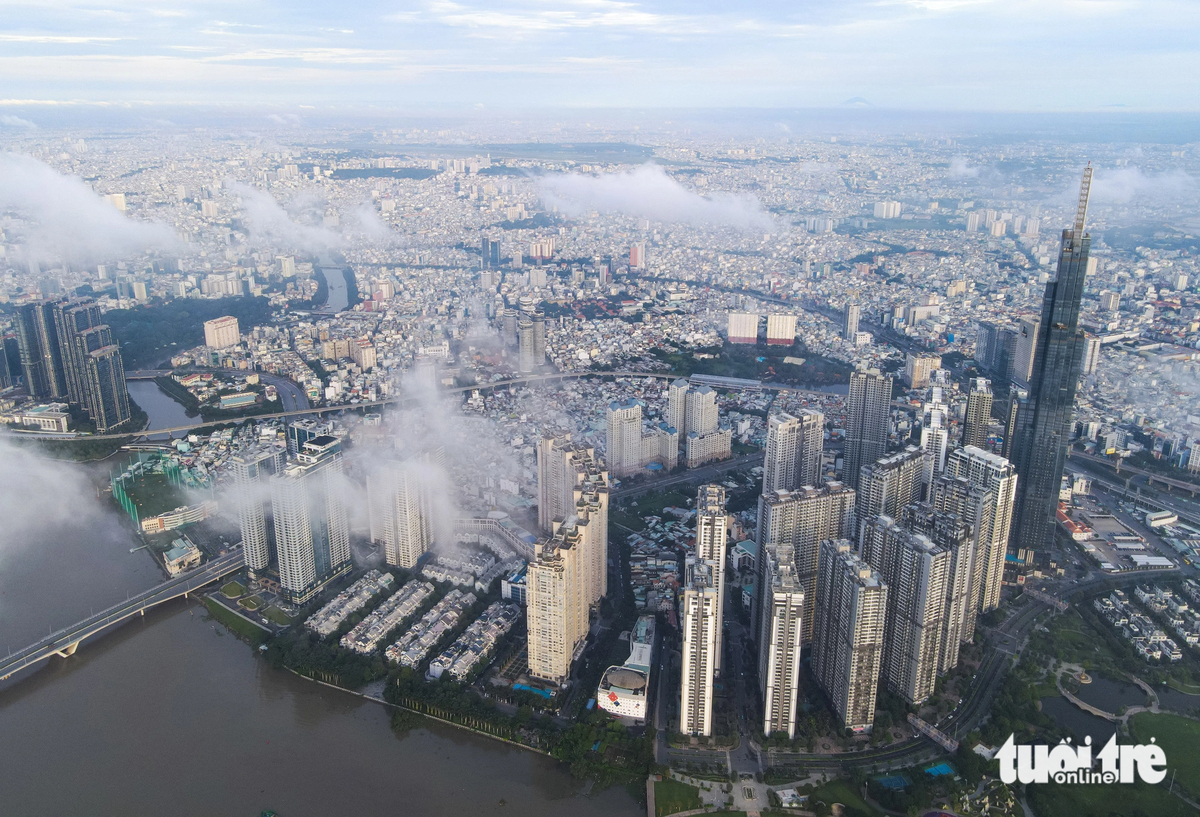As southern Vietnam has shifted from the rainy to dry seasons, residents are experiencing a transition from heavy rainfall to more frequent sunshine, with occasional hot spells.
Unlike the northern region, which has four distinct seasons, the central and southern regions typically only experience the dry and rainy seasons.
The rainy season in southern Vietnam typically lasts from May to October.
Le Dinh Quyet, head of the forecasting department at the Southern Regional Hydrometeorological Center, told Tuoi Tre (Youth) newspaper that the region is currently undergoing a seasonal transition.
He noted that from now until the end of November, rainfall will decrease, signaling the close of the rainy season and the beginning of the dry season.
While rainfall will decline in the coming days, Quyet said that there is still a risk of sudden heavy showers and advised residents to remain cautious, as rain during this period tends to be brief but intense, often accompanied by thunderstorms, lightning, and gusty winds.
He explained that storm systems draw moisture into the air, elevating humidity levels.
This weather pattern leads to clearer skies, stronger sunlight, and increased temperatures in the region.
The effect is especially noticeable in the evenings, as high humidity persists despite rainfall.
According to the expert, the rain is not from storms but rather due to atmospheric disturbances in the area.
Quyet also mentioned the October full-moon tide, which, although not as high as the September tide, still causes flooding in low-lying areas such as District 7, District 8, and Nha Be District in Ho Chi Minh City.
The Southern Regional Hydrometeorological Center forecast that by week’s end, cold air, storms, and disturbances will diminish, bringing partly cloudy skies with sunny days and morning fog.
Afternoon and evening hours may see moderate rain, showers, and isolated thunderstorms in some areas.
Like us on Facebook or follow us on Twitter to get the latest news about Vietnam!





















































